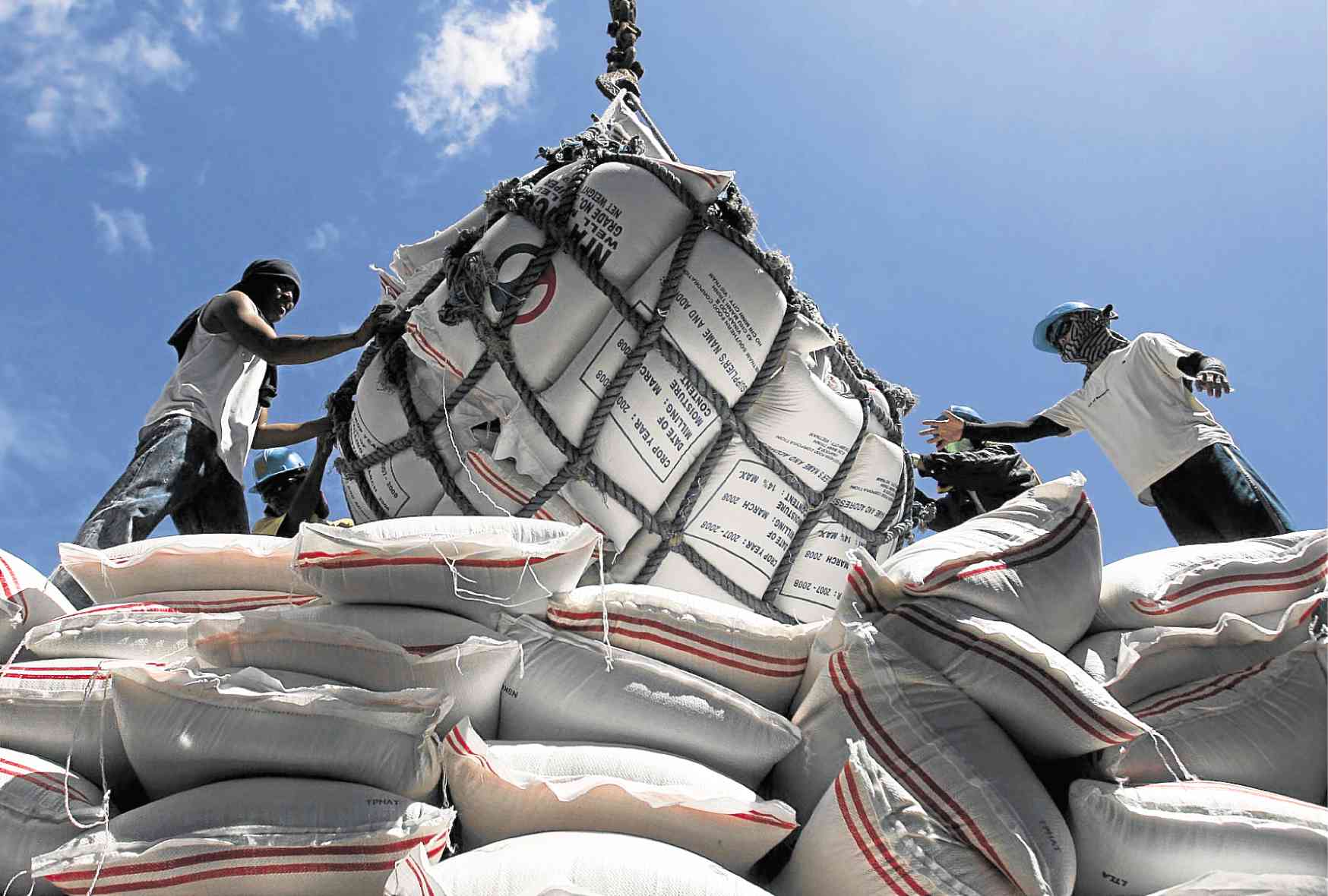The Philippines is expected to import more rice this year and next, remaining as the world’s top importer of this staple food as the El Niño, La Niña and recent typhoons have curbed local production.
In its latest Grain: World Markets and Trade report, the US Department of Agriculture’s Foreign Agricultural Service estimated that the country’s rice imports would reach 4.7 million metric tons (MT) this year, up by 2.2 percent from its previous estimate of 4.6 million MT, citing “strong buying of Vietnam rice.”
Philippine rice imports are expected to further increase to 4.9 million MT in 2025 because of “smaller crop” delivered by local farms.
The latest USDA projection aligns with a higher forecast for global rice imports this year, attributed to increases in demand from Malaysia and Nepal, despite estimates of higher worldwide production.
Global output up
The report sees a surge in global imports next year, underpinned by higher demand from several African and Asian markets even as India’s trade policy changes are expected to boost global supply and lower prices.
India recently lifted the export ban on non-basmati white rice that had been imposed 14 months ago.
“Global rice production is forecast up based on a substantial increase for India, more than offsetting a reduction for the Philippines,” the report estimated for next year.
The USDA estimated that the country’s milled rice production would amount to 12.7 million MT this 2024 and decline to 12.3 million MT next year.
A previous report by the foreign agency slashed its rice production forecast for the Philippines due to crop damage from successive typhoons and a reduction in area harvested due to land conversion.
The volume of rice imports entering the archipelago totaled 3.29 million MT as of Oct. 3, based on the data from the Bureau of Plant Industry.
Vietnam remains as the top rice supplier (2.61 million MT) during the reference period, followed by Thailand (416,185.19 MT) and Pakistan (157,564.48 MT). India shipped 76,971 MT of grains.
The latest figure on rice imports already amounted to 91.3 percent of the country’s purchases last year.
Government data showed that rice import volume in the country had risen consistently from 2019 to 2022 before declining in 2023.
The country produced 8.53 MT of palay (unhusked rice) in the first half of this year, down 5.5 percent from last year, according to the Philippine Statistics Authority.
The Department of Agriculture previously said domestic palay output would be flat in 2024 due to the substantial impact of El Niño and La Niña phenomena on farmers’ harvest.


